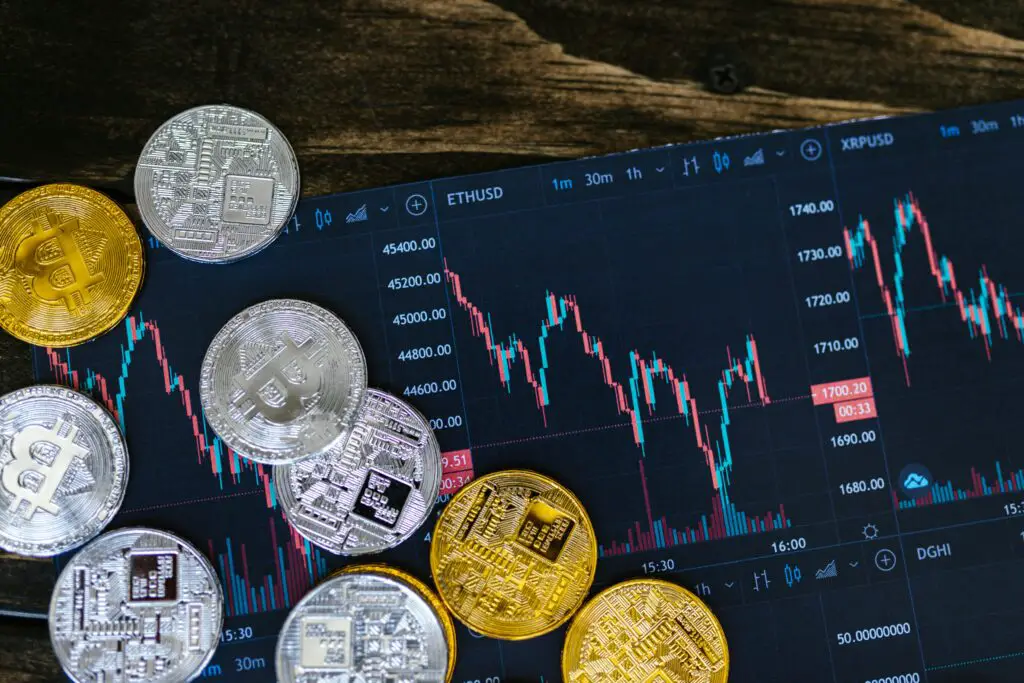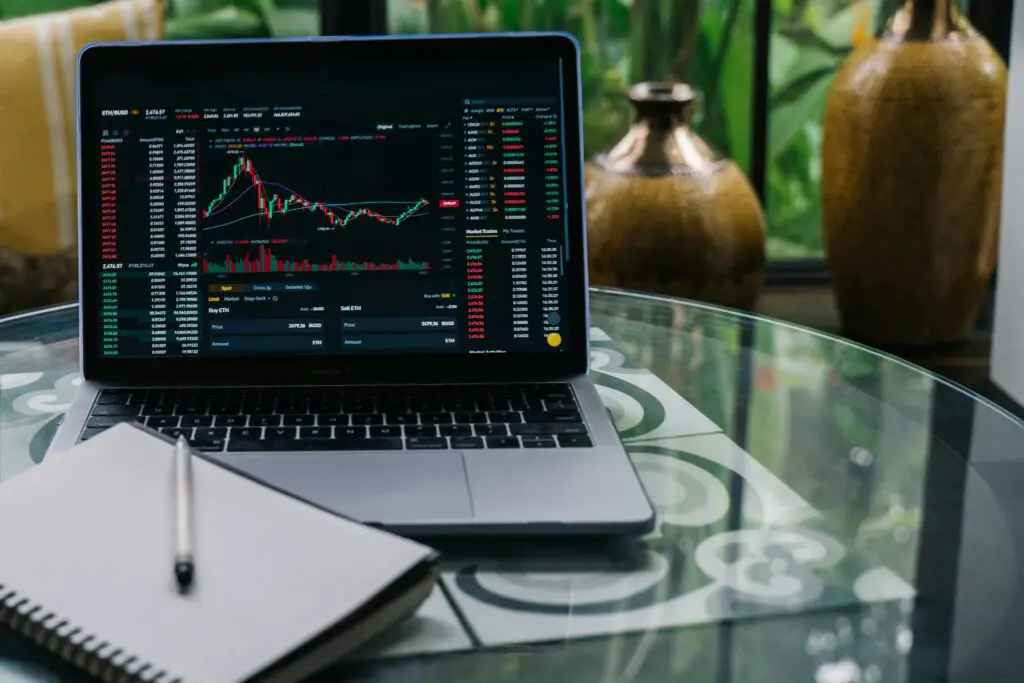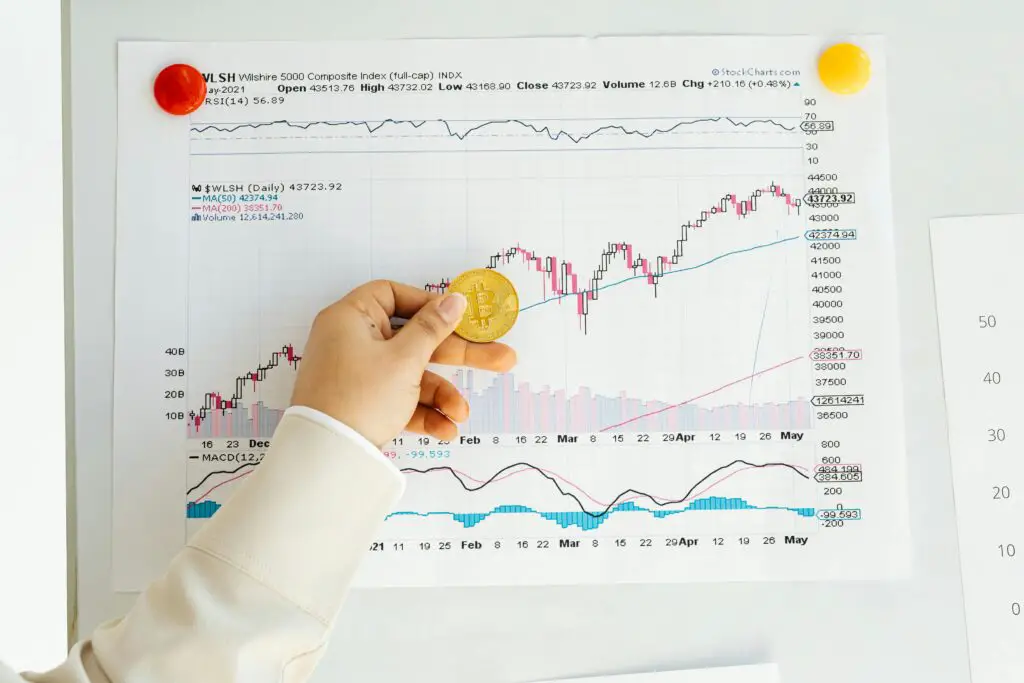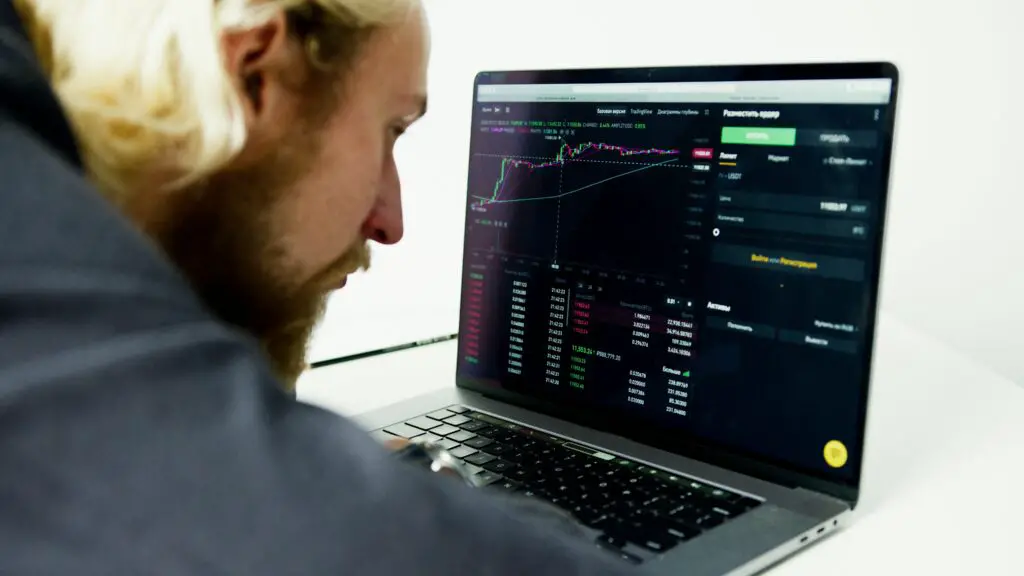The Beginning
A lot of money moves through the foreign exchange (forex) market, and central banks play a big role in that. Because they are in charge of a country’s currency, monetary policy, and economic security, what they do has a big impact on the value of currencies and, by extension, the fixed markets. It talks about how central banks try to change the foreign exchange markets and how those changes impact trade and the security of the worldwide finances.

The Central Banks’ Duties and Goals
There are three main banks in the world: (ECB), and the Federal Reserve in the U.S. They need to do a lot of important things. Some of these are keeping an eye on job rates, making sure the economy grows, and making sure the finances are safe. Central banks use different monetary policy tools to reach these goals. These tools affect exchange rates and the way the forex market works.
Tools for Monetary Policy and the Forex Markets
Changes to interest rates
It is one of the most direct ways that central banks affect the fixed market in that they change interest rates. Central banks can change the average interest rate to affect how people buy and sell the national currency. Foreign buyers often come in when interest rates are high. The value of the cash goes up because more people want to buy it. Lower interest rates, on the other hand, can make people sell the currency because they can get a better return somewhere else.
The U.S. dollar usually gets stronger because foreign investors want to put their money into businesses that pay off faster in dollars. This can change the trade balance by making items from the United States more expensive or less expensive to buy in other countries.
2. Trading on the open market
Open market operations (OMOs) let central banks buy and sell government bonds. These operations change the amount of money in the market. This could change the value of assets and interest rates. For instance, when people buy government bonds, they add cash to the banking system. This could lead to lower interest rates and a drop in the value of the currency. When you sell assets, you take money out of circulation. This makes interest rates go up and the currency stronger.

3. Easing and tightening in terms of quantity
Quantitative easing (Q.E.) and quantitative tightening (Q.T.) are two strange ways that central banks can change the money supply when the economy is suffering. Through quantitative easing (Q.E.), a lot of financial assets are bought to add cash. While this approach makes more money available, its value can go down because it lowers its worth. The value of the currency can go up, though, if Q.T. is used to sell assets or slow down the buying of assets.
Many people know that the ECB used Q.E. to solve the problem in the Eurozone. To help the economy, the European Central Bank (ECB) bought government bonds and other instruments of money. The euro lost value, which made European goods more competitive on the world market.
Rule sets for exchange rates and central bank involvement.
Exchange rate systems that are fixed or pegged
There are places where the value of one currency is linked to another currency or group of currencies. A fixed or pegged exchange rate plan is what this is known as. These countries’ central banks need to trade in foreign cash in order to keep the rate steady. Most of the time, this means buying or selling their currency for foreign currencies in order to counter market forces.
They (HKMA) make sure that the Hong Kong dollar stays the same value as the U.S. dollar. The HKMA has to keep an eye on the foreign exchange markets and buy or sell U.S. dollars to keep the exchange rate fixed so that the peg stays in place.
2. Systems with floating exchange rates
On the other hand, countries that have open exchange rates let the market decide how much their currency is worth. On the other hand, central banks can still step in to keep their currency stable or meet other economic goals. One way to do this is to buy or sell currencies. Another way is to talk to people and send them signs to change what they think will happen in the market.

In the past, for example the Bank of Japan has joined the foreign exchange markets to lower the value of the yen and support the Japanese export-based economy. These things may change exchange rates a lot in the short term, but they might change them differently in the long term.
How actions by central banks affect the foreign exchange market
Market Volatility: What central banks do can make the foreign exchange market more risky. Changes in interest rates, monetary policy, or acts that come as a surprise can cause currency prices to change quickly. People who trade and buy things pay close attention to what the central bank says because it can help them figure out how policy will change. The market can change a lot from small hints.
Carry Trade Chances: People carry trades when they borrow money with low interest rates and spend it in a currency with higher rates. This can be done with the help of central banks. Notes and money swap rates need to stay the same for this plan to work. People may use their currencies to back up carry trades when central banks keep interest rates low. This can change how much money is worth and how it moves around.
Global Trade and Competitiveness: When central banks get involved, changes in exchange rates and the prices of goods and services affect global trade. What a government sells for more money may cost less, and what it buys may cost more. Uneven trade can happen because of this. When the value of a currency falls, on the other hand, it can make exports cheaper while raising the cost of imports.
Problems with and complaints about central bank interventions

When the central bank steps in. If the value of fake money changes, it can mess up the connection between exchange rates and the economy as a whole. This could cause problems and imbalances in the world’s economy. Long-term acts, some say, can stop changes that need to happen and make economic imbalances last longer.
There are things called “currency wars,” in which countries try to make their currencies worth less in order to get an edge in trade. People who do these things may get angry at trade partners, which could lead to retaliation that weakens the global economy.
Problems with Communication: To keep expectations from the market in check, central banks need to speak clearly. Market delays can happen because of misunderstandings or sudden changes in policy. Being clear and allowing room for strategic doubt are two things that central banks always have to work hard to achieve.
In conclusion
What central banks do, and the tools they use for monetary policy. The way markets, exchange rates, and trade work around the world are all affected by what they do. Involvement by central banks can help countries stay safe and grow, but it also comes with risks like changes in the market and the chance of a currency war. Even when the global economy changes, policymakers, investors, and experts will still closely watch what central banks do in the foreign exchange markets and how they affect those markets. To get around in the complicated and linked world of global business, you need to know how these things work.

